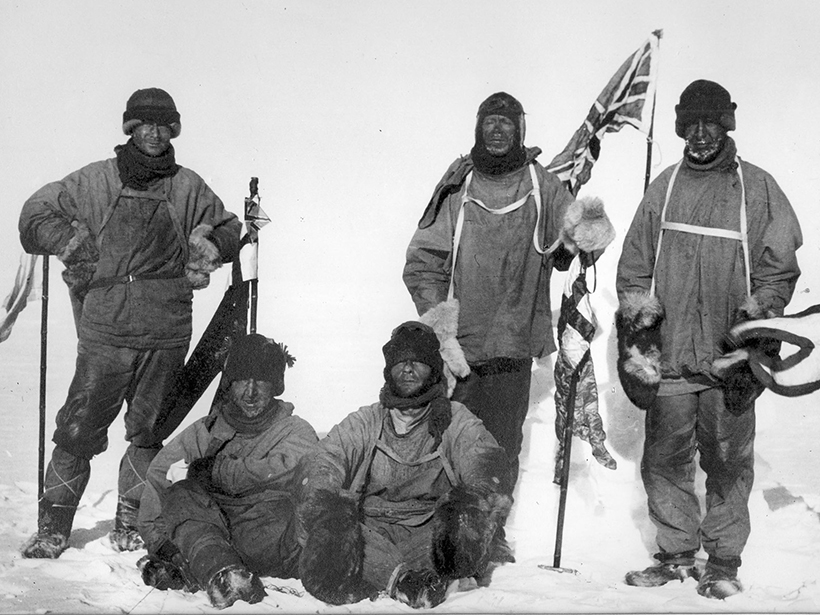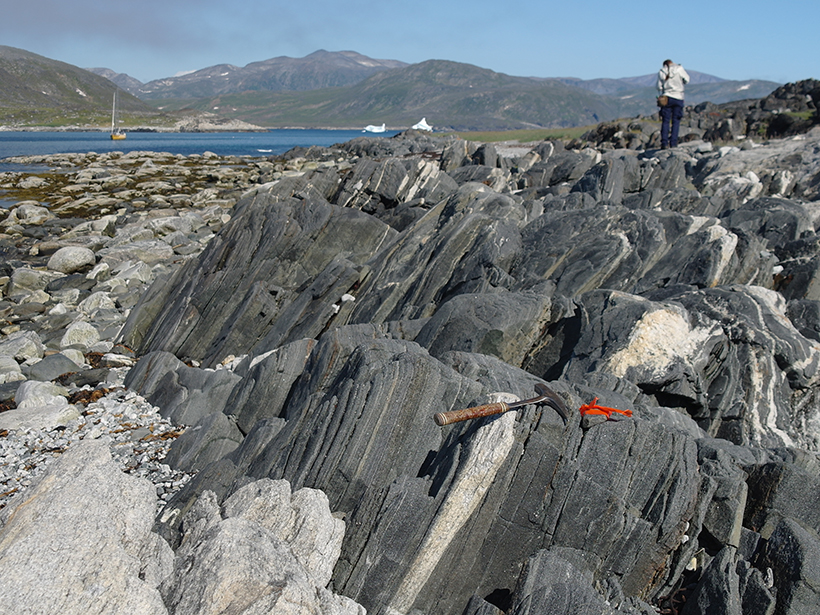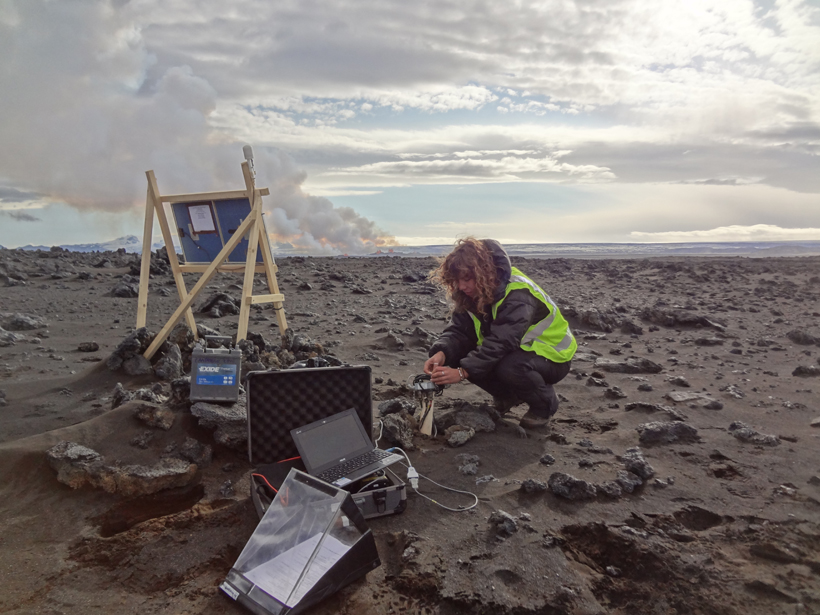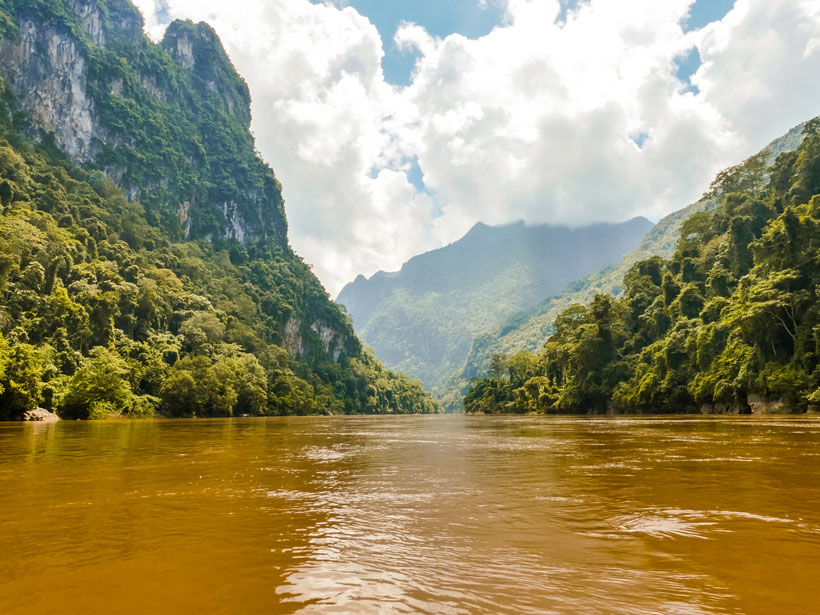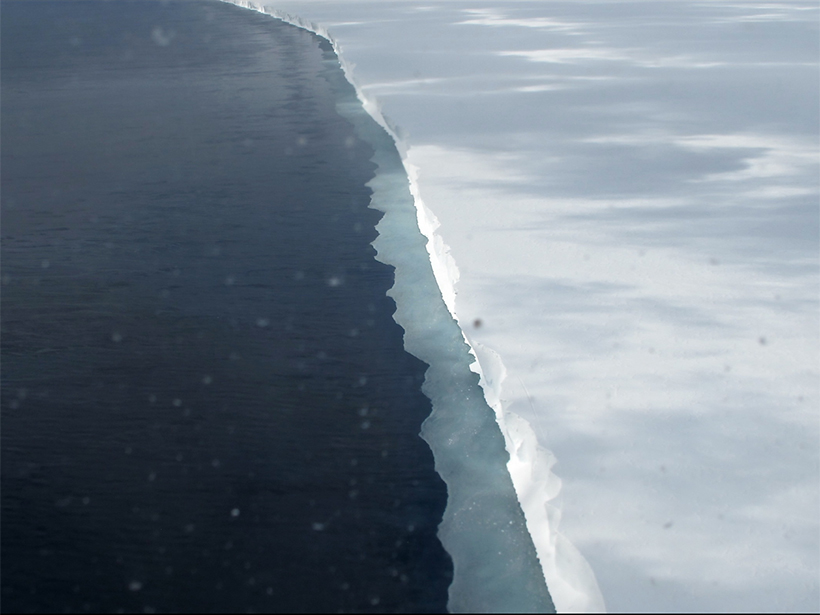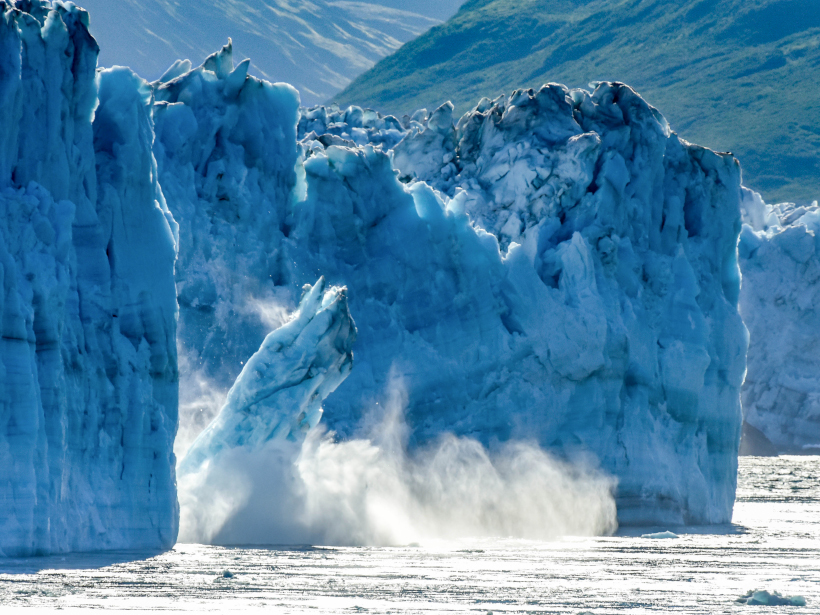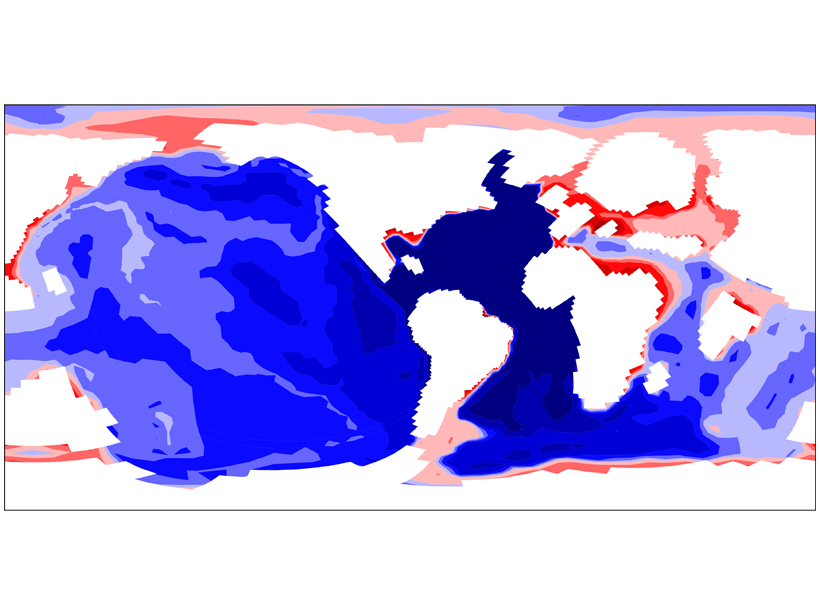In the latest episode of its Centennial series, AGU’s Third Pod from the Sun tells the story of two parties journeying to the South Pole in 1911 and the extraordinary impact that weather had on their travels.
Centennial Collection
Marking the 100th anniversary of AGU and Eos, this collection celebrates a century of achievements in the Earth and space sciences and looks forward to the next 100 years of scientific discovery and transformation.
When Water Met Rock
Geologists discover rocks bearing the earliest known evidence of water interacting with rock on Earth’s surface.
More Than 30,000 Earthquakes Trace the Movement of Magma
Seismometers near Iceland’s Bárðarbunga volcanic system pinpointed thousands of earthquakes in 2014–2015, revealing where molten rock was moving underground before any eruptions occurred.
Ecohydrology: What’s in a Name?
Scientists were studying ecohydrology for decades before it became an official ‘ology’. Find out how this field has evolved over the past century.
Where Did All the Free-Flowing Rivers Go?
A map of the world’s free-flowing rivers shows a shrinking number can still meander as they please. New plans for hydropower will further constrain flow.
Warm Water Is Rapidly Eroding Antarctica’s Ross Ice Shelf
The underside of the world’s largest ice shelf is melting—by meters per year in some places—because of the seasonal inflow of water heated by the Sun, observations of the White Continent reveal.
Marine Virus Survey Reveals Biodiversity Hot Spots
Ocean samples collected from around the world produced a twelvefold increase in the number of marine viruses known. A portion of the Arctic Ocean has “surprisingly high diversity.”
First Analysis of Asteroid Water Reveals Earth-Like Makeup
Samples returned from the surface of an asteroid show that these small bodies may have more water than previously thought and could have delivered that water to Earth.
Earth’s Ripple Effect
The ocean’s interactions with land, air, and ice create an intricate planetary dance.
Explaining Ocean Acidification Patterns During Ancient Warming
Asymmetrical changes in ocean circulation and the marine carbon cycle could account for different degrees of ocean acidification between the Pacific and Atlantic.

